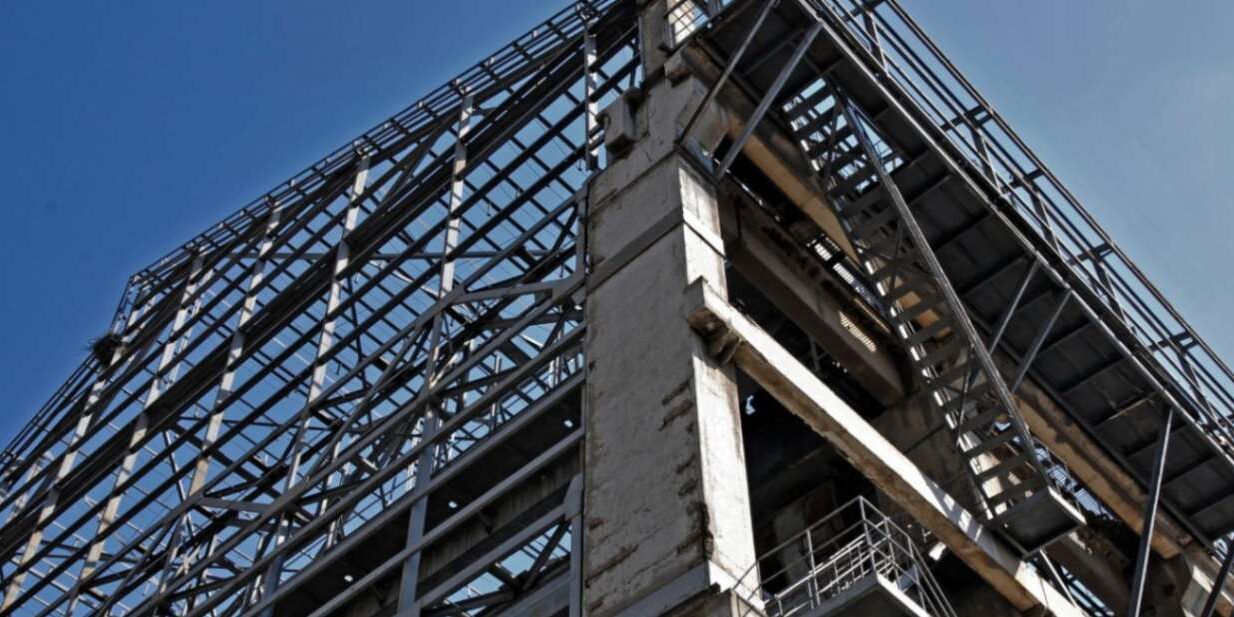When it comes to building, long-term support and alignment are everything. Whether you’re building structural framing, flooring, or load-bearing elements, using the right levelling components is key to stability from the ground up.
Even with something as small as an adjustment support or levelling component, installation is everything between a job that lasts and one that doesn’t.
What are Levelling Materials?
Levelling materials are thin pieces of material used to fill gaps, level surfaces and support loads across a wide range of construction applications. They come in various shapes and materials, plastic and metal, and can be adjusted or stacked to suit your specific tolerances and site conditions.
Used correctly, they align structural elements and maintain even weight distribution over time.
Installing Plastic and Metal Components: Step-by-Step
1. Plan and Assess
-
- Inspect the area to see where support or adjustment is needed.
- Choose a levelling material and shape for the load and environmental conditions, for example, choose corrosion-resistant plastic in wet areas or denser materials where high compression strength is required.
2. Prepare and Place
-
- Ensure all surfaces are clean and dry to avoid slippage.
- Insert adjustment supports or positioning blocks with precision, and tap gently until firmly in place. This avoids unwanted movement under load.
3. Secure and Inspect
-
- Fix with appropriate adhesives, screws or fixings where required.
- Once in place, double-check the surface is level and the element is properly aligned.
- Document any adjustments made, especially for compliance and future maintenance.
Need advice on correct placement or materials? Call PP Shim on (02) 4646 1166 for technical support.
What Shim to Choose for Your Project
Here are a few things to consider:
-
- Size matters – Choose a thickness that fits the gap without compromising finish or sealant performance.
- Shape and fit – Horseshoe and U-shaped work well with bolts and fittings, rectangular pieces suit slab edges or wall joints.
- Load requirements – Consider rated performance, especially in structural or load-bearing areas.
- Material durability – Plastic levelling materials are good in wet or external environments. Metal shims are suitable for heavy-duty or high-temperature conditions.
- Ease of use – Pre-cut, colour-coded makes quick work of site adjustments and reduces inspection time.
Why Installation Matters
Well-installed levelling components prevent structural stress, movement, and maintain levels over time. They’re also part of meeting building code and engineering spec requirements, especially on larger or regulated projects.
Need help choosing the right adjustment support for your application or which product will meet the standards? Contact us for our expert assistance in selecting the right product for your project.
Adjustable Support Components FAQs
What Material Component Should I Use?
Plastic levelling materials are best for most jobs due to their moisture and rot resistance, metal adjustment supports for heavy load areas. Both must be Australian compliant for structural safety.
How Do I Install Levelling Materials or Adjustment Supports?
Start with a site assessment to find gaps or misalignments. Clean all surfaces before placing support elements snugly for even load distribution. Fix with suitable fasteners or adhesives and document for future inspections.
Can I Stack Levelling Materials or Adjustment Supports?
Yes, these components can be stacked or nested to match the exact gap. Ensure they are stable and stacking follows engineering guidelines for load-bearing capacity and structural integrity.
Ordering Our Products is Simple

1. Get in Touch
Tell us the specifications and quantities of what you require.

2. Receive a Quote
We’ll promptly provide a competitive price tailored to your order.

3. Delivery or Pickup
Choose shipping anywhere in Australia, or collect your order from our head office.







